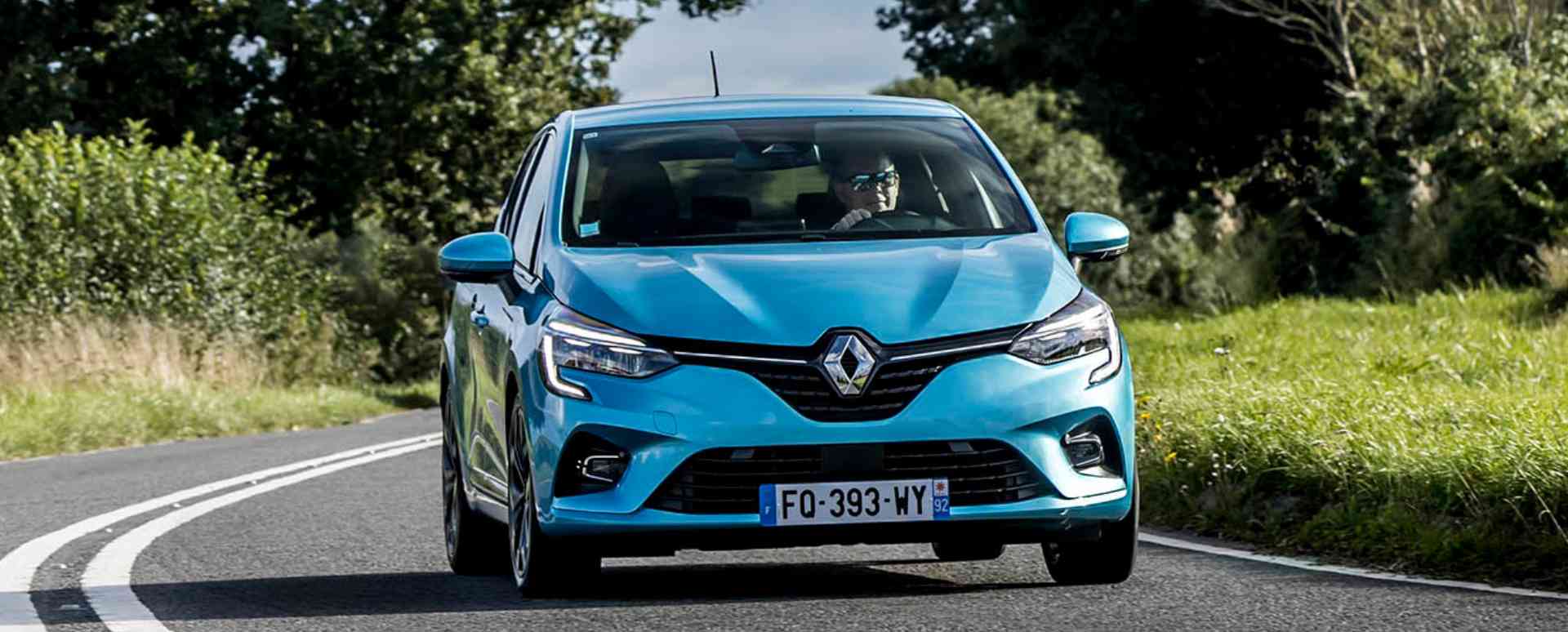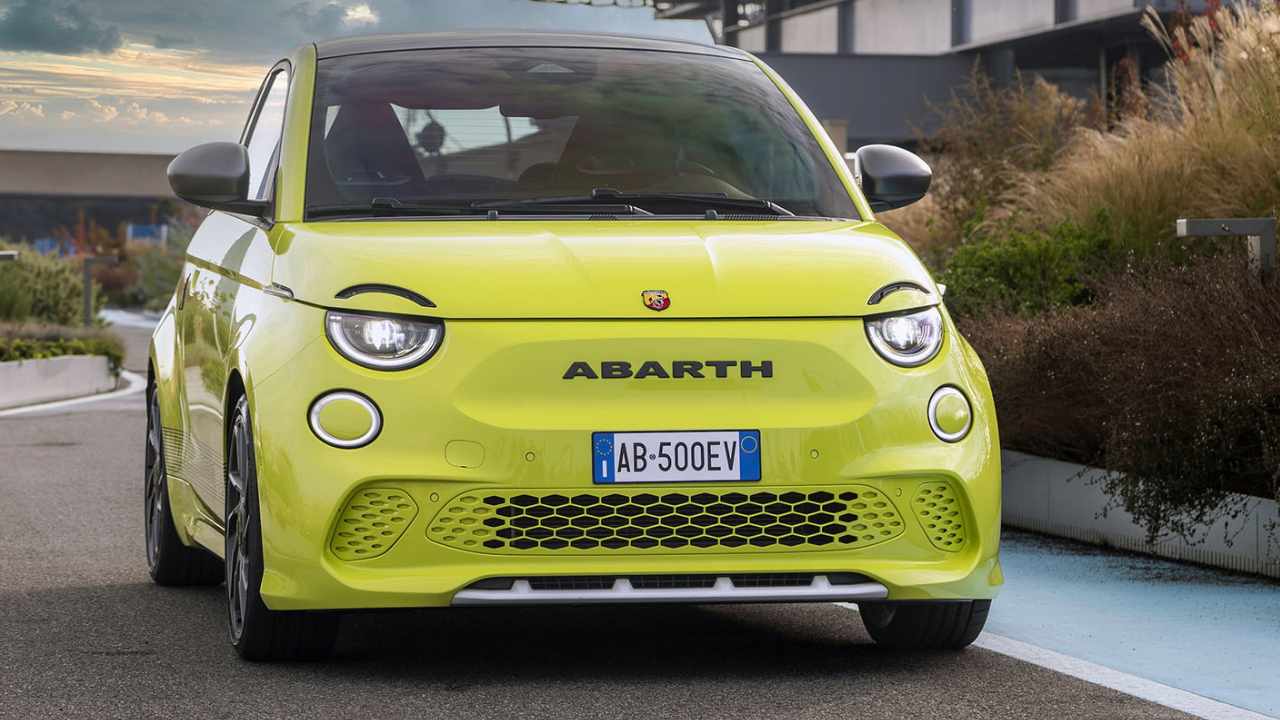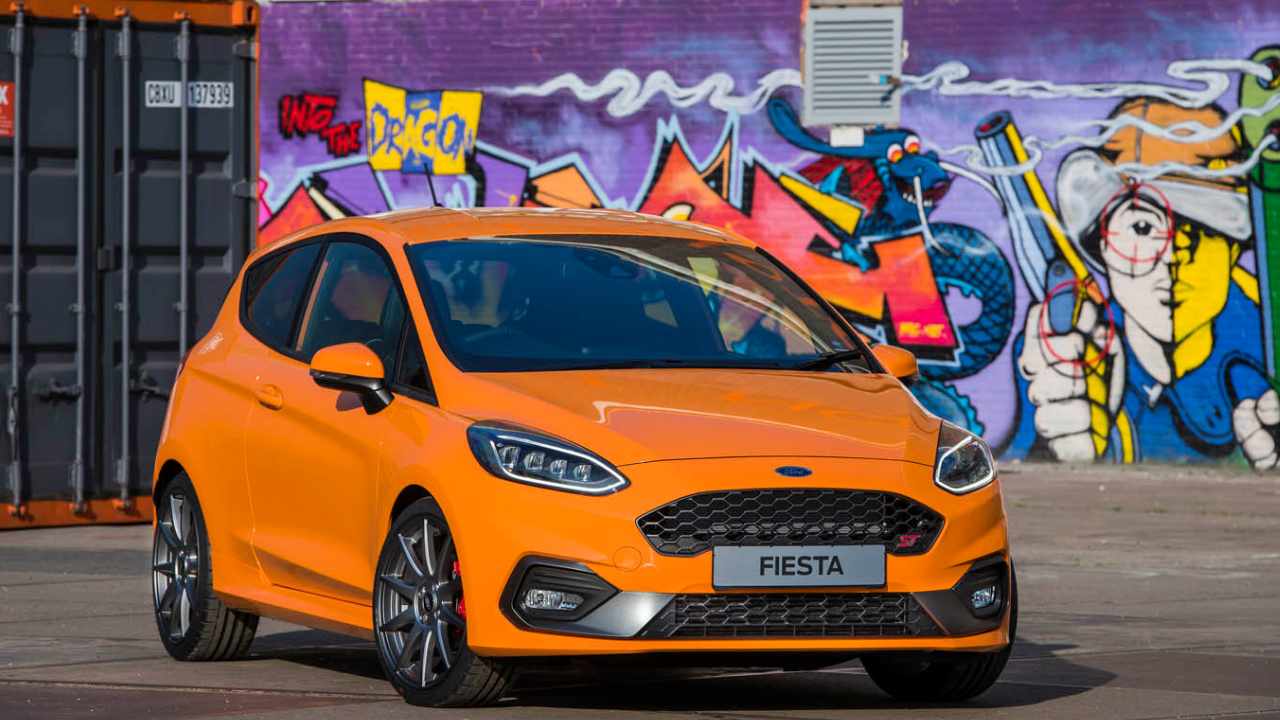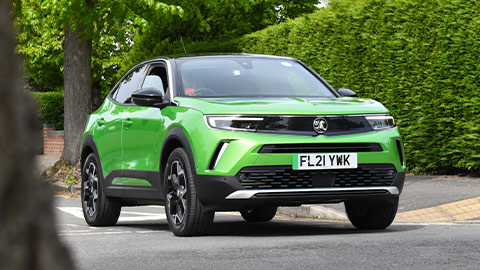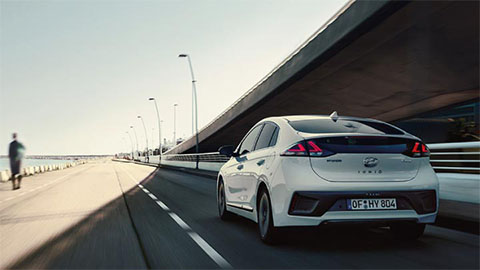What is Front-Wheel Drive (FWD) in Cars?
04th Jan 2024
What is Front-Wheel Drive in Cars?
The most common drivetrain in vehicles is front-wheel drive, also known as FWD. This article will explain and explore the pros and cons of front-wheel drive.
When buying a car, there will be a lot of major and minor details to pay attention to. The drivetrain is an important detail to focus on before committing to the purchase because it can directly affect the vehicle’s performance and the way you drive.
Contents
What is front-wheel drive (FWD)?
As the name suggests, the power from the engine is delivered solely to the front wheels of the vehicle. This power is delivered through constant velocity. The gearbox is only connected to the front two wheels via a pair of driveshafts. The rear wheels don’t receive any of the power and are pulled by the front wheels.
What are the pros and cons of front-wheel drive?
FWD can be extremely useful in certain types of weather conditions, roads performing better than other kinds of drivetrains. This is what you should know before deciding on a front-wheel drive car:
Advantages of front-wheel drive
One of the best advantages of front-wheel drive is how well it performs in harsher weather. If you’ll be facing heavy winters, snow, and slush, choosing FWD over rear-wheel drive (RWD) will be your best bet. FWD offers superior traction on wet and snowy roads, providing the driver more control over the car.
In comparison to RWD and all-wheel drive (AWD), the front-wheel offers an important advantage that will impact your wallet. FWD will have better fuel economy than the other two and non-FWD SUVs, because they have fewer moving parts.
Another advantage to keep in mind is the interior space and how much room FWD frees up in the cabin. Back in the 1960s, when MINI started to popularise front-wheel drive cars, manufacturers tended to produce more RWD vehicles due to the ease of construction.
Even though RWDs were easier to build, they needed a transmission tunnel located on the floor of the car, which reduced the cabin space considerably.
FWDs are typically built with transverse mounted engine (engine mounted in a car, so its crankshaft axis is perpendicular to the direction of travel), which are placed under the bonnet, allowing the transmission tunnel to be removed from vehicles and increasing the room on the inside of the car.
Disadvantages of front-wheel drive
Adventurous drivers may get frustrated with FWD vehicles, as they don’t perform as well off-road. Since the front wheels will have to cope with steering and putting power to the ground, generally, one thing has to give, and in most FWD cars cases, they don’t handle as well as RWD vehicles.
Typically, most of the weight in FWD cars is at the front due to the engine and gearbox configuration, which can have a negative impact on balance and cornering speeds.
When it comes to acceleration, front-wheel drive vehicles don’t perform as well as rear-wheel drive ones. That’s why a lot of racing cars use RWD, because weight transfers from the front of the car to the rear during acceleration, meaning more weight is over the rear axle, which in turn helps with traction.
What types of car use FWD?
FWD is available in most models, class and manufacturers. You can easily find options of compact cars, such as the Honda Civic and Ford Focus ST, and large vehicles like SUVs and minivans that cater for this type of drivetrain.
These are the most popular FWD vehicles available:
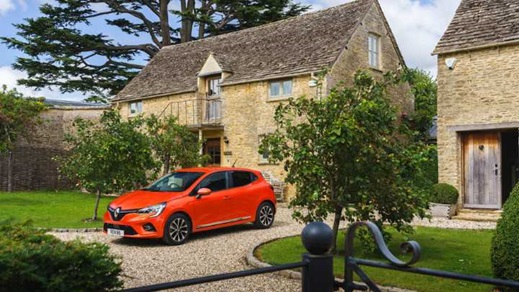
Renault Clio
One of the UK’s mainstay hatchbacks, the Renault Clio provides affordable running costs, distinctive design and great on-board technology.
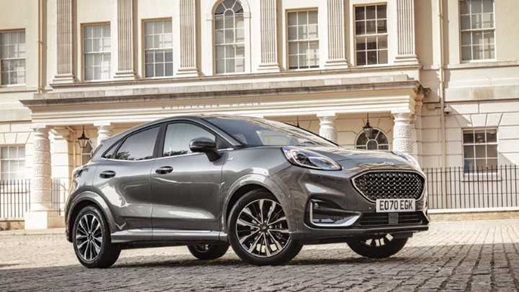
Ford Puma
Spacious, cost-effective, and stylish are some of Ford Puma's main features. This small SUV caters for small families and is equipped with innovative storage solutions.
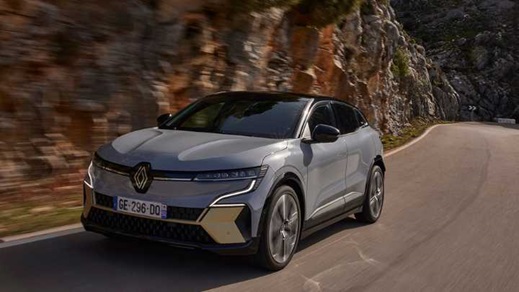
Renault Mégane E-Tech
With comfort, great driving experience and sustainability as the main focus, Renault Megane E-Tech provides innovative technology and versatile design.
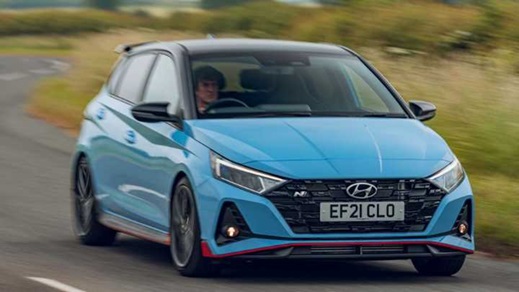
Hyundai i20 N
Designed to create a sporty experience, the Hyundai i20 N delivers excellent performance and acceleration. The cabin enhances the racing experience with high-tech features.
Find more driving tips with Evans Halshaw
Vehicles with front-wheel drivetrain are excellent assets to have for drivers who have to face severe climates, or are looking for good fuel economy. They’re great for daily use, but if you have an adventurous soul, it's unlikely you'll be satisfied with their performance.
If you’d like more driving advice, head to Evans Halshaw blog, where you’ll be able to find current driving tips and model comparison articles.

